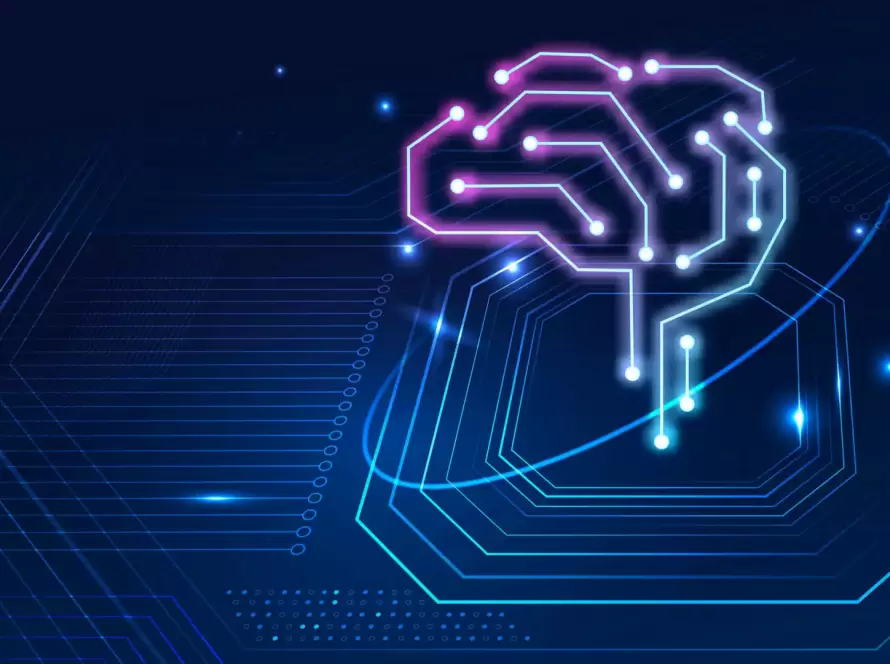Cloud Cybersecurity
Cibersecurity: Safeguarding Information in the Digital Space
Today, in a world where information is the most precious resource, cybersecurity in the cloud has become essential for companies from all walks of life. While the massive adoption of cloud solutions has transformed how we manage and store data, it has also created substantial challenges in terms of security.
In this article, we will explore the key aspects of cloud cybersecurity, highlighting its advantages, its importance in various industries, implementation processes and the future outlook for this discipline.
High-Level Cybersecurity Implementation Process
The process of implementing cybersecurity in organizations’ cloud workloads follows a logical sequence:
- Risk Assessment: Identify vulnerabilities and threats relevant to the enterprise.
- Solution Selection: Opt for appropriate cloud solutions, such as firewalls, detection and response systems, and identity management services.
- Security Policies: Develop clear security policies and incident response procedures.
- Staff Training: Instruct employees to be aware of security practices.
- Continuous Monitoring: Implement alarms and continuous monitoring to detect and respond to threats in real time.
Advantages of Implementing Cybersecurity Tools in the Cloud
Implementing cybersecurity in the cloud offers several advantages:
Scalability:
Cloud solutions allow you to adjust security resources as your company grows, without significant additional costs.
Remote Access
Security professionals can monitor and respond to threats from any location in a controlled and secure manner.
Automatic Updates
Cloud solutions are automatically updated to address emerging threats.
Cost Reduction
Eliminates the need to invest in expensive hardware and software, as well as maintenance personnel.
Overall benefits of cloud computing include scalability, cost efficiency (pay-as-you-go), global accessibility, and enhanced security (if implemented correctly).
Main Concerns about the Cibersecurity
The main concerns around cloud cybersecurity generally include:
Is my information really secure in the cloud?
The security of information in the cloud depends largely on cloud service providers and the security measures implemented by users.
According to security reports, leading cloud platforms, such as AWS, Azure and Google Cloud, implement robust security measures, such as encryption of data in transit and at rest, advanced access controls and continuous monitoring.
However, security also depends on proper configuration by users, and some security incidents have occurred due to improper configurations.
How will cybersecurity impact my budget?
The budget impact due to cybersecurity can vary by industry and the extent of a company’s technology infrastructure.
Associated costs include the implementation of security measures, the purchase of anti-virus software, firewalls and monitoring solutions, as well as staff training in secure practices.
In addition, the cost of recovery after a cyber-attack can be significant, including data restoration, security enhancements and potential loss of revenue during the outage.
What is my company’s responsibility, in terms of cloud security?
Responsibility for cloud security follows the shared responsibility model, where the cloud service provider and the user have specific roles.
The cloud provider is responsible for the security of the underlying infrastructure (servers, networks, etc.), while the user is responsible for the security of their data and applications.
This involves correctly configuring access controls, encrypting sensitive data and applying security best practices. Collaboration between the provider and the user is essential to ensure complete security.
How can we stay current in a constantly evolving threat environment?
To stay current in an ever-evolving threat environment, it is crucial to participate in ongoing cybersecurity training programs.
Periodic certifications, courses and update events can help professionals stay abreast of the latest threats and best practices.
In addition, following trusted security news sources, participating in online communities, and participating in mock exercises and penetration testing are also effective ways to stay abreast of emerging trends and threats.
In Conclusion:
Cloud cybersecurity is essential to protect data and operations in today’s digital environment. Its importance extends to a variety of industries, and its implementation is a key process for ensuring cloud security.
The future of cloud cybersecurity will be driven by automation and artificial intelligence, while the main concerns center on reliability and cost.
Keeping up with the latest security trends and practices will be essential in the years to come.






